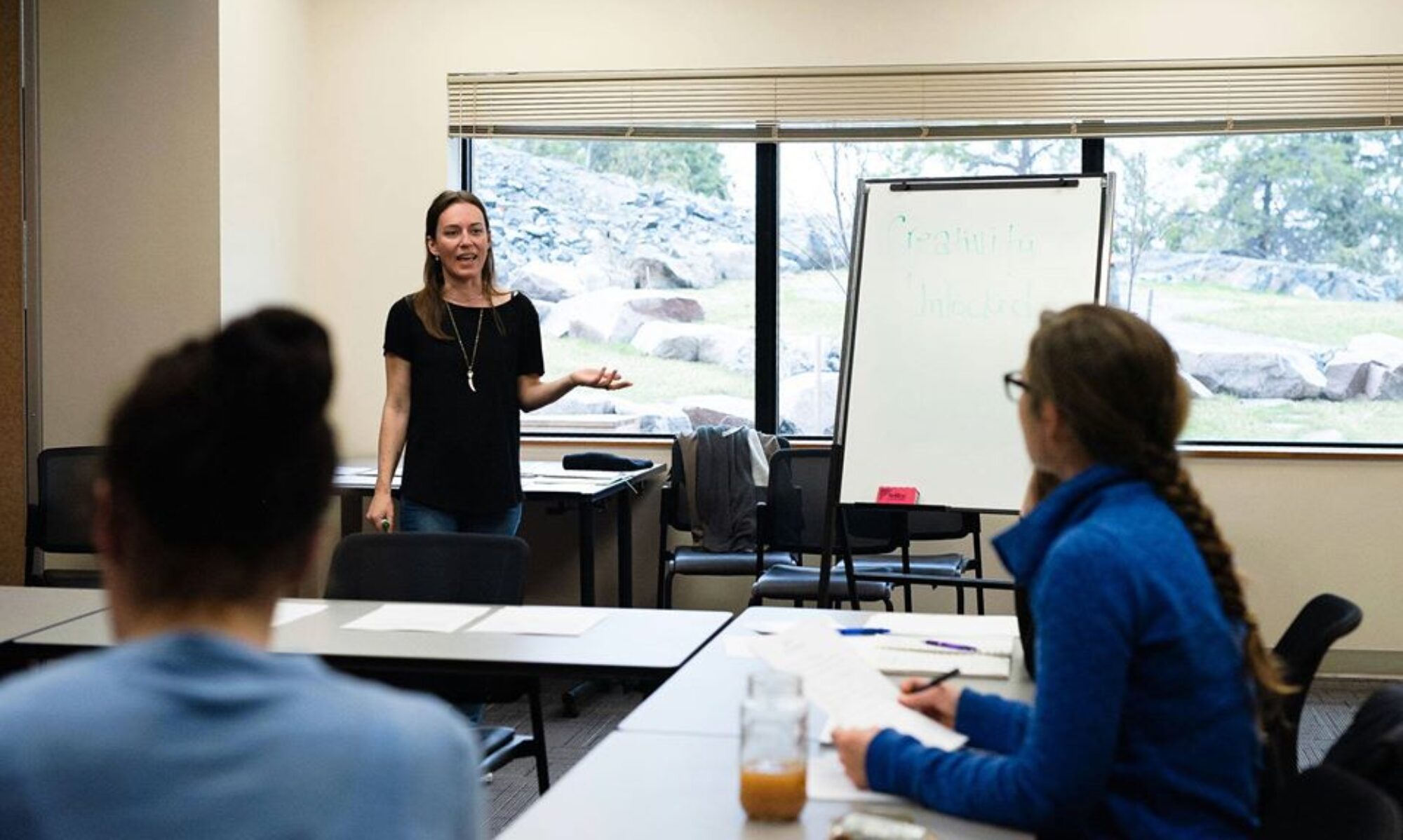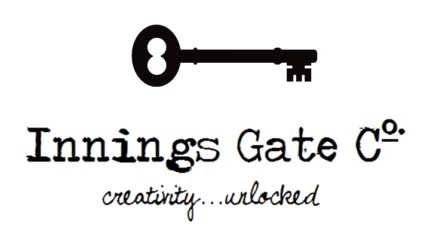Rørbye. View from the Artist’s Window. (1825)
Unfortunately I was unable to make my way down to New York City to see this exhibit, which saddens me greatly, being an avid lover of windows in paintings. And until I saw this exhibit advertised in The New York Times back in March, I thought I was the only one! Imagine, being in a museum of art, surrounded by other window-painting lovers. All marvelling at the depth and distance and daydreaming they project. Sigh. Did I mention how much missing this saddens me? However, it appears there’s a catalogue available from The Met Store, that I shall no doubt be purchasing as soon as possible. Not the same as going in person, but what can you do? Except SIGH.
Nonetheless, here’s the press release taken from www.metmuseum.org with all the details of the show. Maybe it will travel! A girl can dream.
Rooms with a View, First Exhibition to Focus on Motif of the Open Window in 19th Century Art
April 5–July 4, 2011
The Metropolitan Museum of Art
New York City
During the Romantic era, the open window appeared either as the sole subject or the main feature in many pictures of interiors that were filled with a poetic play of light and perceptible silence. Rooms with a View: The Open Window in the 19th Century, at The Metropolitan Museum of Art from April 5 through July 4, 2011, is the first exhibition to focus on this motif as captured by German, Danish, French, and Russian artists around 1810–20. Works in the exhibition range from the initial appearance of the motif in two sepia drawings of about 1805–06 by Caspar David Friedrich to paintings of luminous empty rooms from the late 1840s by Adolph Menzel. The show features 31 oil paintings and 26 works on paper, and consists mostly of generous loans from museums in Germany, Denmark, France, Italy, Austria, Sweden, and the United States.
The exhibition is made possible by the Anna-Maria and Stephen Kellen Foundation and The Isaacson-Draper Foundation.
In 1805–06, the important German Romantic artist Caspar David Friedrich (1774–1840) created two sepia drawings that became greatly influential showing views outside the windows of his studio in Dresden. In Friedrich’s treatment of the open window, the Romantics recognized a potent symbol for the experience of standing on the threshold between an interior and the outside world. The motif’s juxtaposition of the very close and the far away became a metaphor for unfulfilled longing, a sentiment first expressed by the Romantic poet Novalis (Friedrich von Hardenberg, 1772–1802), who wrote: “Everything at a distance turns into poetry: distant mountains, distant people, distant events: all become Romantic.” Like Friedrich, other Romantic artists were drawn to the view from the window for its symbolic power, and not simply for the beauty of the landscape itself. For them, the rectangular or square shape of the canvas echoed perfectly the window as a view of the world.
Rooms with a View features the two seminal Friedrich images—shown for the first time in this country– as well as works by some 40 other artists, mostly from Northern Europe, including Carl Gustav Carus, Johan Christian Dahl, Georg Friedrich Kersting, Léon Cogniet, Wilhelm Bendz, and Adolph Menzel, among others. Many of the artists are little known on these shores, their works unseen until now.
The works in the exhibition are in distinct groupings: austere hushed rooms with contemplative figures reading, sewing, or writing; studios with artists at work; and windows as sole motif. The mood in these pictures can shift from early Romantic severity to Biedermeier coziness to poetic Realism, yet they all share a distinct absence of the anecdote and narration that characterized earlier genre painting.
Kersting. Before the Mirror. (1827)
Exhibition Overview
Rooms with a View begins with a gallery of works depicting rooms with figures. The vogue for pictures of bare rooms that reflect their sitters’ frugal lifestyles coincides with the Napoleonic Wars of 1803–15 and their aftermath, when daily life in both Germany and Denmark had turned grim. Ironically, this period coincided with the “golden age” of Danish painting, characterized by visual poetry in the works of Wilhelm Bendz (1804–1832) and Emilius Bærentzen (1799–1868), who celebrated modest family life and gatherings. Similarly, none of the upheaval of the time is reflected in the works of the German artist Georg Friedrich Kersting (1785–1847), who countered outward chaos with idyllically ordered interiors. Sober attention to detail marks these 19th-century interiors, in which silence and light become the main subjects. Figures are seen from the back or in lost profile as they sit at a window to read, write, sew, or, as in Friedrich’s iconic Woman at the Window (1822), gaze through it.
Friedrich. Woman at the Window. (1822)
Artists’ studios are featured in the next gallery of the exhibition. Depictions of artists in their studios have a long tradition, especially in the interiors of 17th–century Dutch genre painting. The moods created in 17th–century and early 19th–century pictures are quite different, however, as is the treatment of the window. In the earlier pictures, windows are most often shown in an oblique, foreshortened view, and as sources of light, without views. By contrast, in the 19th–century pictures, windows usually run parallel to the picture plane, with views seen through them. Some of the works featured in this section are a painting of Caspar David Friedrich in his austere Dresden studio as portrayed by Georg Friedrich Kersting, his admiring younger colleague, canvases by French artists showing unidentified female artists working in elegant drawings, rooms overlooking picturesque Parisian views, as well as pictures by their male colleagues, who could compete for the prestigious Prix de Rome, which allowed them to spend five years as pensionnaires at the Académie de France in the Villa Medici in Rome.
Alt. View from the Artist’s Studio in the Alservorstadt toward Dornbach. (1836)
The two Caspar David Friedrich sepia drawings of 1805-06 that inaugurated the Romantic motif of the open window are highlighted in the next gallery devoted to works on paper. Unlike the stark balance between the darkened interior and the pale landscape rendered in these views, the artists who followed Friedrich created gentler versions of the motif. Their windows open onto flat plains in Sweden, parks in German spas, or rooftops in Copenhagen, and artist’s studios overlook houses in Dresden or Turin, bucolic Vienna suburbs, or Roman cityscapes saturated with light.
Rooms with a View concludes with a gallery of paintings of open windows and empty rooms. For artists, the enduring attraction of this subject lies in its purely visual appeal: echoing the rectangular or square shape of the canvas, the window view turns into a “picture within a picture.” Even a barren landscape, when framed in a window, can be transformed into an enthralling scene. Some artists recorded actual sites—Copenhagen’s harbor, the river Elbe near Dresden, the Bay of Naples—while others invented, or even largely blocked, the views from their studios or painted them in the chill of moonlight. Highlights of this section include View of Pillnitz Castle (1823) by Johann Christian Dahl (1788–1857) and four paintings by the German Realist Adolph Menzel (1815– 1905). Created between 1845 and 1851, Menzel’s pictures are devoted to the effects of light in mostly empty rooms, such as his bedroom in daylight with a view of expanding Berlin outside the window, his sitting room with closed shutters at twilight, and the building’s staircase at night.
Menzel never exhibited these small works during his lifetime, regarding them as mere experiments, and they were discovered only after his death.
Curatorial Credits
Rooms with a View is organized by Sabine Rewald, Jacques and Natasha Gelman Curator in the Department of Nineteenth-Century, Modern, and Contemporary Art at the Metropolitan Museum.
Catalogue and Related Programs
The exhibition is accompanied by a fully illustrated catalogue written by Sabine Rewald and published by The Metropolitan Museum of Art and Yale University Press. It is on sale in the Museum’s bookshops (softcover, $30). [Editor’s note: YAY!]
The catalogue is made possible by the Anna-Maria and Stephen Kellen Foundation.
An audio tour, part of the Museum’s Audio Guide Program, is available for rental ($7, $6 for Members, $5 for children under 12).
The Audio Guide is sponsored by Bloomberg.
A variety of educational programs accompany the exhibition including gallery talks, Drop-in Drawing sessions, and a Sunday at the Met lecture program followed by a musical presentation on May 22.

The exhibition and its related programs are featured on the Museum’s website at www.metmuseum.org.





